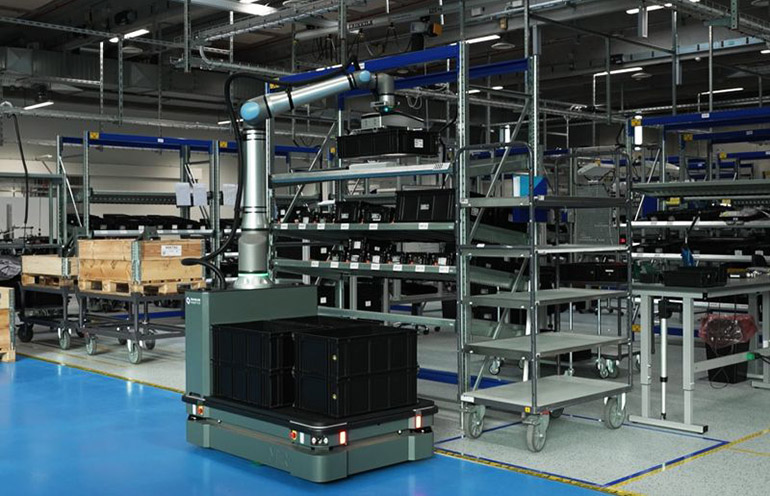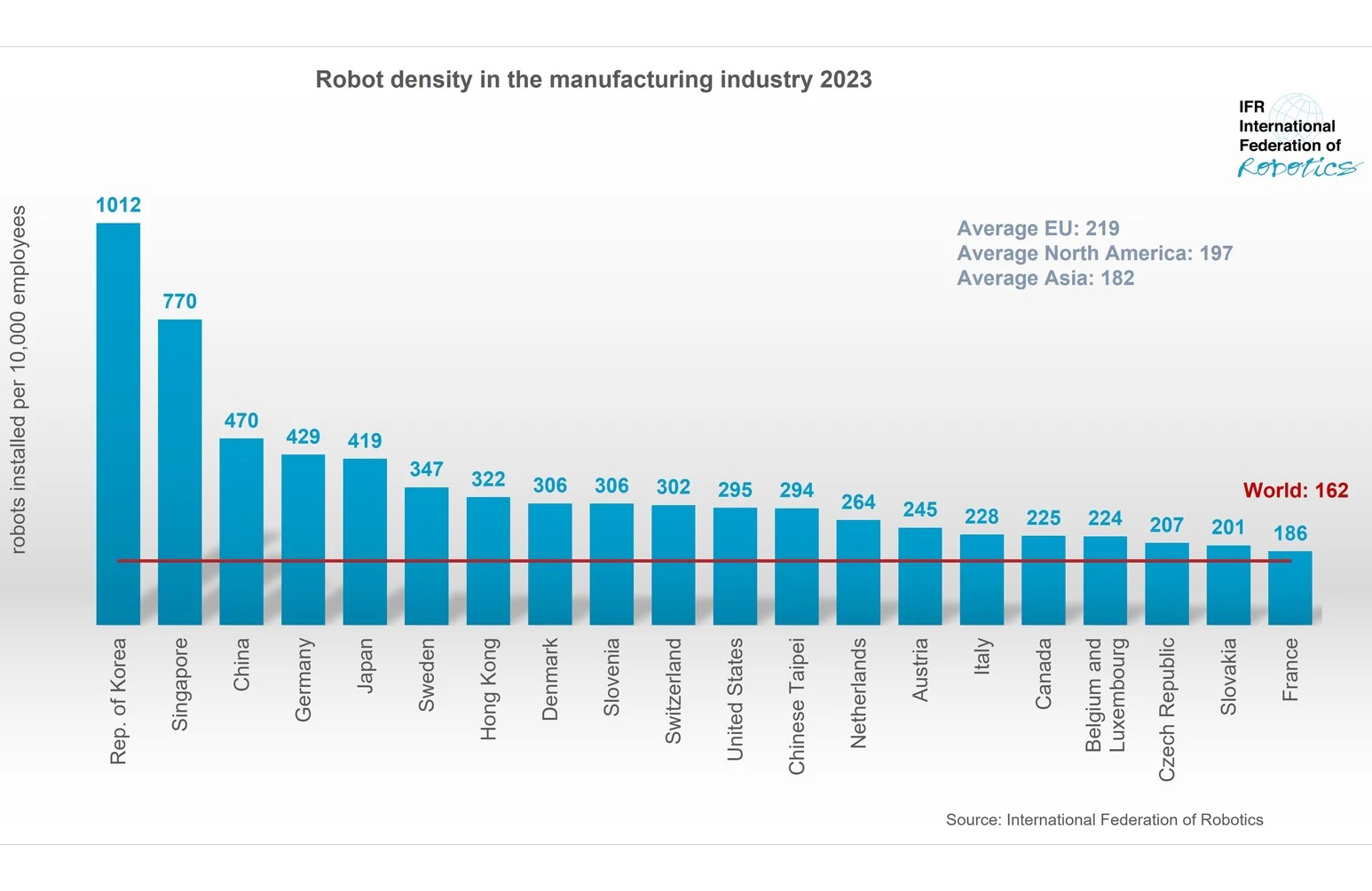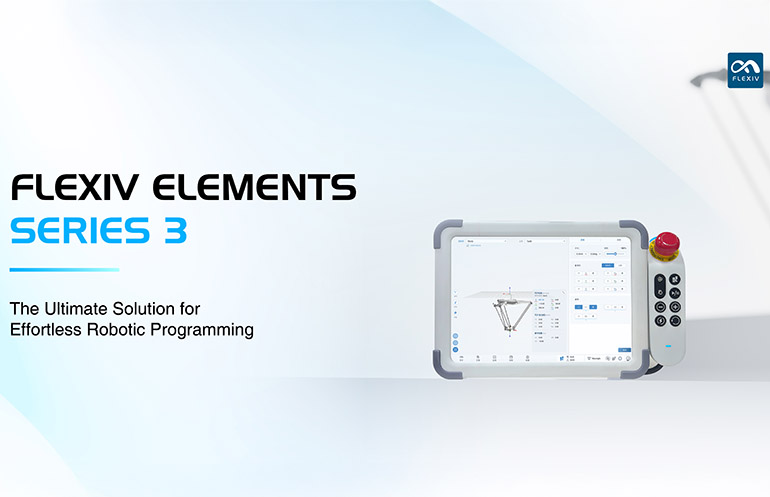As robots spread from factories and warehouses around the world, robotics clusters are popping up wherever there’s a critical mass of industrial need, skilled workers, and innovative entrepreneurs. Since 2021, the New York Robotics Network has been growing and organizing events to help startups, engineers, investors, and end users connect.
The organization said it is in the “fastest-growing tech ecosystem in the U.S.”
The Robot Report spoke with Jacob Hennessey-Rubin, founding board member, and Randy Howie, founding board member and senior operating director of the New York Robotics Network (NYRN) about their activities and plans.
How New York is different than other clusters
Why does metropolitan New York need a robotics cluster?

Jacob Hennessey-Rubin, co-founder, NYRN
Hennessey-Rubin: There is a need for the New York Robotics Network to build an ecosystem that supports startups, industry, VCs/investors, and partners navigate the complex landscape of technology and business in the region, throughout the country, and around the globe.
We see an opportunity to focus on economic development in the Tri-state area [New York, New Jersey, and Connecticut]. There’s a lot happening in this region.
Over the past three years, we’ve put on more than 10 networking events for the community and have signed 501(c)(6) nonprofit incorporation papers.
What is your membership?
Hennessey-Rubin: NYRN currently counts 100+ startups in our index, and we’re uncovering more every week. We’ve seen founders of companies like Adagy come to New York from other locations, as well as startups based elsewhere hiring remote workers, like Joby, Phantom, or Zoox.
Samsung, Johnson & Johnson, and others have research facilities or corporate headquarters in the area.
How is the New York Robotics Network different from other robotics clusters, such as MassRobotics, the Pittsburgh Robotics Network (PRN), or Silicon Valley Robotics (SVR)?
Hennessey-Rubin: They’re well-established. We’re less focused around one or two universities, on getting grants, or on directly incubating startups. This area already has over a dozen universities, and robotics is multidisciplinary. We want more companies to hire all the graduates coming out here.
NYRN’s mission is:
- To help empower and support our diverse membership as they manage the complexity of the world’s fastest-growing tech ecosystem,
- To forge partnerships between our ecosystem with partners across the globe,
- To represent the region’s robotics ecosystem domestically and globally, and
- To expand the robotics industry within the New York metro area.
We are just getting started building the foundation for the next great industrial and technological revolution in New York, and we aim to establish the region as a leading hub for robotics excellence and to propel the industry toward a future of transformative impact and global leadership.
Howie: We looked at the other successful organizations and realized that we’re not going to be the same.
New York Robotics Network works with art, industry
If Silicon Valley is a center of software and artificial intelligence and Boston a hub for robotics hardware innovation, what is New York? What industries are represented in NYRN?
Hennessey-Rubin: Not only is New York a capital of finance, but it’s also host to entertainment, as well as other industries. NYC still has more manufacturing than many people realize.
We list our primary industry sectors as: medical/bio/lab like Opentrons, construction and infrastructure, advanced manufacturing, art and theater, food and hospitality, and warehouse and logistics.
In construction, there are companies like ULC, Skyline, and Toggle. In food and hospitality, three ghost kitchens have deployed robots.

Randy Howie, co-founder, NYRN
Howie: In the arts, we’ve seen robots control lighting and cameras onstage and for television. Dr. Kari Love, a professor at NYU and ITP, has worked with robotics in burlesque and puppetry, and Natalie Friedman, who just graduated with her Ph.D. from Cornell, wrote her thesis on “Should Robots Wear Clothes?”
One NYU grad has used additive manufacturing to make costumes, and another startup tapped the costume designer to make actual space suits.
We want to merge the dynamism of the New York spirit with the transformative power of robotics. The city’s skyline is inspirational — we’ve always been pushing the limits of technology and art, which are changing all the time.
International and regional partnerships welcome
As a gateway between the U.S. and the world, how is New York’s global outlook a strength?
Hennessey-Rubin: We are developing country focus groups for countries that are investing in and focused in robotics. The first such group is Japan, where we are working with our partner Monozukuri Ventures.
We seek to replicate this model with the U.K., France, Germany, Israel, the Netherlands, and Denmark.
At the same time, how much do you focus on New York City versus the region at large?
Hennessey-Rubin: We are based in the Brooklyn Navy Yard, inasmuch that Newlab is our office and mailing address, but I wouldn’t limit us to a physical location. We want to be seen as a blanket representative of the region.
We have over 30 ecosystem partners, and there are a lot of stealth startups in the area.
Howie: We’ve dropped the “C” in “NYC” and are looking at the greater area as part of our trajectory for being a more national or global organization.
What is the New York Robotics Network “founding partner” program?
Hennessey-Rubin: Our founding partners support the growth, strategy, and vision of NYRN through contributing operating capital in exchange for a place in our “inner circle,” perpetual promotion as a founding partner, and other special benefits. We have closed four founding partners and have many more in our pipeline or under discussion.
The four founding partners that have closed are Interwoven Ventures; Monozukuri; Standard Bots, which recently raised funding and acquired READY Robotics’ IP; and SDP/SI, a Designatronics company.
Cybernetix Ventures is a strategic partner of NYRN, and Fady Saad has joined the board of directors. Kel Guerin, co-founder and CEO of READY Robotics, is also on our board.
Howie: The organization is raising money at a good clip. It means that the community sees value in working with us.
We’ve also gotten support from Newlab, Cozen O’Connor, and ideometry.
New York Robotics Network is just getting started

Source: NYRN
What are some recent NYRN activities?
Hennessey-Rubin: In February, we had 185 members at our forum on “Exploring the Future of Robotics in NYC,” and in June, we had our first “founders and funders” dinner with J.P. Morgan.
Howie: We’ve hosted Meetups around activities such as sports, sponsored by the NYC Solidworks User Group, and with the NY Tech Alliance.
We just partnered with AcceleratorCON last week.
What can we look forward to in the coming months and year?
Howie: We’re also planning on providing career and business development services and acceleration opportunities.
We expect to have a significant presence at ICRA and are talking with A3 [the Association for Advancing Automation].

Source: NYRN
Hennessey-Rubin: On Thursday, Nov. 14, we’re co-hosting with Cybernetix Ventures an exclusive event: “Navigating the Future — Robotics and AI Investment Strategies.”
We’ll be at events such as ATX East, and we’ll have more to announce soon.
It’s still fairly early, but the time is now for robotics. If you look at the timeline of computers, which were first built in the 1930s for the military, then the ’40s for big corporations, and came into other businesses in the ’60s. In 1984, computers from Tandy and others became household names. Now we have computers in our pockets.
Robots are like 1972 — a lot of companies are making them, and applications are developing, but most still require specially trained operators. We’re getting closer to 1984, and it’s noteworthy that many of the humanoid developers started out building custom motors.

 1 week ago
15
1 week ago
15









 English (US) ·
English (US) ·